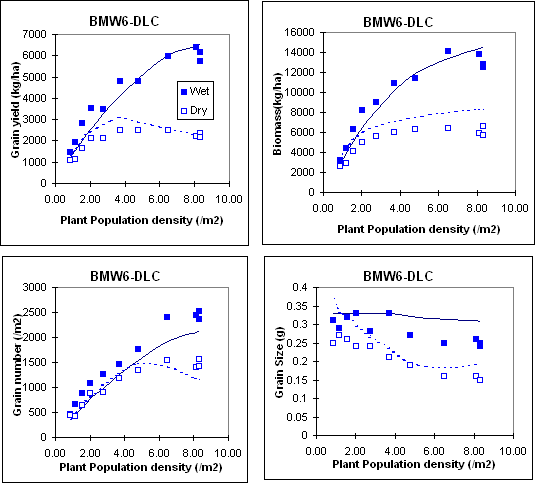
Solute fluxes are calculated using a solution to the Convection-Dispersion equation (Eq.

Where θ is volumetric water content (cm 3cm -3), x and t describe space (cm) and time (h), K is hydraulic conductivity (cm h -1), z and ψ are the gravitational and matric potentials (cm), and S is the source/sink term for water (cm 3cm -3h -1). SWIM3 provides a 1-dimensional simulation of water fluxes through a numerical solution to Richards’ equation (Richards, 1931) (Eq. Some sub models within SWIM3 capture simple spatial processes and so it can also be described as a quasi 2-dimensional model. SWIM3 is a 1-dimensional lumped physically-based model. SWIM3 is available for use in APSIM Version 7.3 or later. Whilst SWIM generally uses much smaller time steps in computing its numerical solutions, most communications to other models within a simulation occur on a daily frequency. The role of SWIM3 within an APSIM simulation is to calculate fluxes and storage of soil water and solutes and to communicate this information to other models within the simulation. APSIM’s component-based design allows individual models to interact via a common communications protocol (Moore et al., 2007). The APSIM modeling framework has been developed to simulate biophysical process in farming systems, in particular where there is interest in the economic and environmental outcomes of management practice in the face of climatic risk, climate change or changes in policy. However, all workshop materials, user documentation and a model user support forum are also freely available via the APSIM website ( ).

APSIM training is provided via regular international workshops as a fee for service activity. APSIM is freely available for research and development, extension or educational use.
#Keating apsim software#
This initiative provides a transparent and open-source approach to combine broadly based collaborative science with best practice software development and maintenance, and science quality control. SWIM3 is developed and maintained within the APSIM Community Source Framework ( ) by the APSIM Initiative. The simplicity of this new approach makes this mechanistically-based numerical model more accessible to farming systems researchers within the APSIM modeling community who, until now, have limited their use of APSIM-SWIM due to perceived difficulties of parameterization. SWIM3 builds upon the work of APSIM-SWIM and provides a new approach to specify soil hydraulic properties for a broad range of soil types from simple measures of soil water behavior. These included the simulation of multiple non-interacting solutes(Verburg et al., 1996a), the effects of surface residues on evaporation or surface sealing (Connolly et al., 2002) and equations for simulating subsurface drains (Malone et al., 2007 Snow et al., 2007) or local groundwater interactions (Paydar et al., 2005b). Whilst much of the numerical approach used within the APSWIM-SWIM model was retained from the parent SWIMv2 model, further enhancements were included to facilitate application to various farming systems. With this move, SWIM ceased to be developed as a standalone product, but was redeveloped for use as a component within integrated modeling frameworks.

#Keating apsim code#
The utility of this model code was further enhanced by its incorporation into the APSIM (Agricultural Production Systems Simulator) framework (Keating et al., 2003) to create the APSIM-SWIM version of the model (McCown et al., 1995 Huth et al., 1996).

SWIMv2 (Verburg et al., 1996b) extended the functionality of SWIMv1 through the provision of a wider range in boundary conditions, the ability to specify soil hydraulic properties as the sum of simple functions (Ross and Smettem, 1993) described using piecewise cubic approximations (Ross, 1992), and a solution of the convection-dispersion equation for solute transport. SWIMv1 (Ross, 1990b) provided an efficient solution to the 1-dimensional Richards’ equation for the simulation of water movement and uptake by plants. These models have been used predominantly for studies into management options for water and solutes in agricultural systems or for evaluating alternate numerical methods for efficiently solving complex systems of flow equations. SWIM3 is the latest release in the family of SWIM (Soil Water Infiltration and Movement) models developed for simulating water and solute movement within soils. SWIM3: Model use, calibration, and validation. Information taken from Huth, N.I., Bristow, K.L., Verburg, K., 2012.


 0 kommentar(er)
0 kommentar(er)
